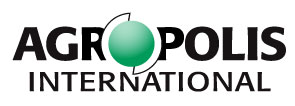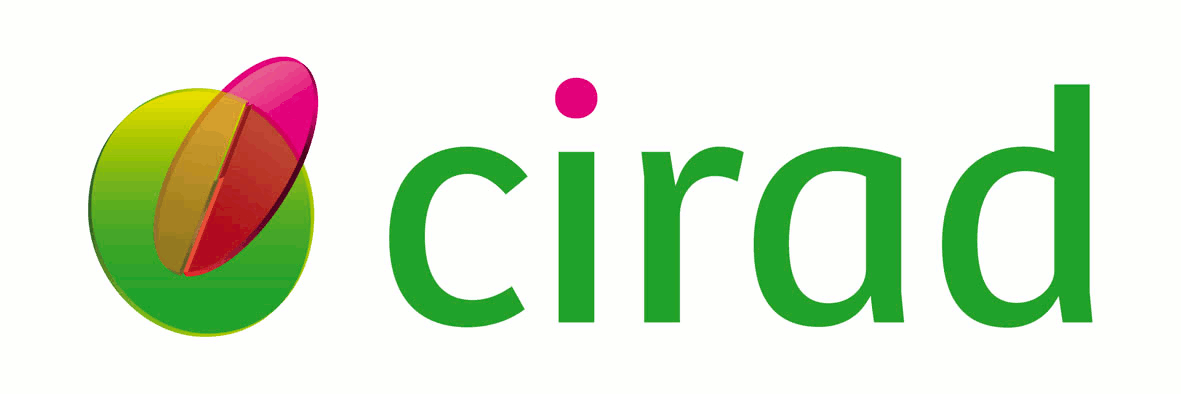Sequential activation of apical and basolateral contractility drives ascidian endoderm invagination
Résumé
Epithelial invagination is a fundamental morphogenetic behavior that transforms a flat cell sheet into a pit or groove. Studies of invagination have focused on actomyosin-dependent apical contraction, while other mechanisms remain largely unexplored. I will present a combined experimental and computational approach that we used to identify a two-step mechanism for endoderm invagination during gastrulation in an the sister group of the vertebrates, the ascidians. During Step 1, which immediately precedes invagination, endoderm cells constrict their apices due to Rho-dependent apical enrichment of 1P-myosin. Invagination proper occurs during Step 2, without further apical shrinkage, via a novel mechanism we call collared rounding of endoderm: Rho-independent lateral enrichment of 1P-myosin drives apico-basal shortening, while Rho-dependent enrichment of 1P and 2P myosin in circumapical collars prevents apical expansion. Simulations predict, and experiments confirm, that mesectoderm resists endoderm deformations during both steps. Thus early ascidian gastrulation is driven by the coordinated apposition of circumapical and lateral endoderm contraction, working against a resisting mesectoderm.






